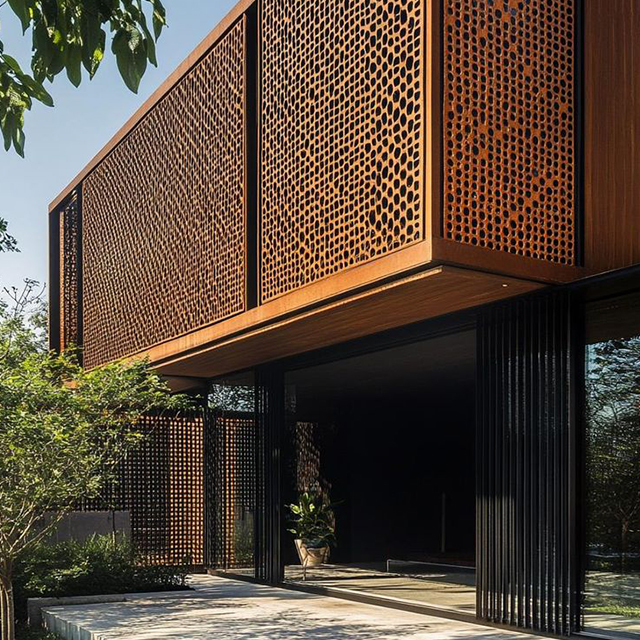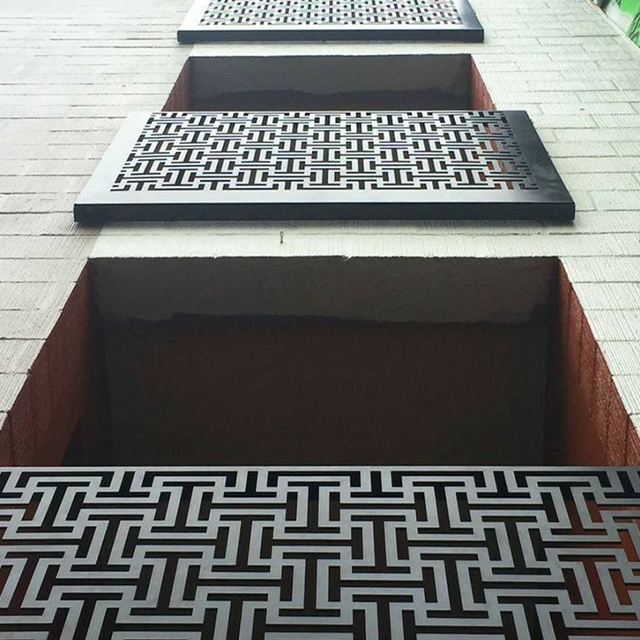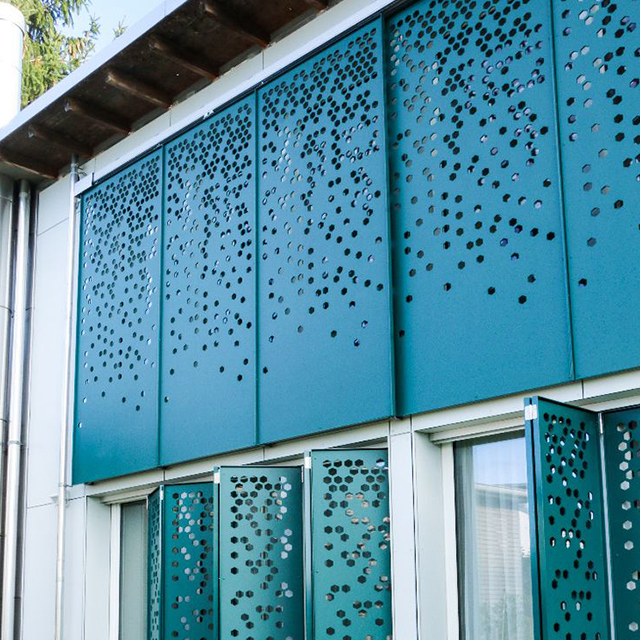In the realm of contemporary architecture, aluminum facade materials have emerged as a cornerstone for creating visually striking, high-performance building exteriors. As a specialized manufacturer of aluminum cladding panels, we are committed to delivering solutions that blend innovation with functionality. This article explores why aluminum is a top choice for facades, its key benefits, and how it transforms commercial and institutional projects.

Why Aluminum Facade Materials Are Revolutionizing Architecture
Aluminum’s unique properties make it a standout material for building facades. Unlike heavier alternatives like stone or concrete, aluminum is lightweight yet exceptionally strong, offering design versatility without compromising structural integrity. According to the Aluminum Association, aluminum’s recyclability rate exceeds 90%, making it a leader in sustainable construction.
For architects and developers, aluminum facade materials provide:
- Corrosion resistance: Ideal for coastal or high-humidity environments.
- Fire safety: Meets stringent A2-s1, d0 fire ratings.
- Low lifecycle costs: Minimal maintenance and long-term durability.
Key Advantages of Aluminum Facade Materials
1. Superior Durability
Aluminum facade panels are engineered to withstand extreme weather, UV exposure, and pollution. Unlike traditional materials, they do not warp, crack, or fade over time. For example, the Burj Khalifa utilizes aluminum cladding to maintain its iconic appearance in Dubai’s harsh climate.
2. Lightweight and Flexible Design
Aluminum’s malleability allows for custom shapes, perforations, and finishes—from matte textures to high-gloss coatings. This flexibility enables architects to realize bold designs, as seen in projects featured on ArchDaily.
3. Energy Efficiency
Advanced aluminum facade systems integrate thermal breaks and insulation, reducing energy consumption by up to 40% (as reported by the U.S. Green Building Council). Reflective coatings can further minimize solar heat gain in warm climates.
4. Sustainability
Aluminum is infinitely recyclable, aligning with global green building standards like LEED and BREEAM. The Building Research Establishment highlights aluminum’s role in reducing a building’s carbon footprint.
Applications of Aluminum Facade Materials
Aluminum cladding is widely used in:
- Commercial offices: Sleek, modern aesthetics for corporate hubs.
- Cultural institutions: Dynamic designs for museums and theaters.
- Educational campuses: Durable, vandal-resistant surfaces.
- Healthcare facilities: Hygienic, easy-to-clean exteriors.
A notable example is the San Francisco Museum of Modern Art, where aluminum panels create a fluid, reflective exterior.
Choosing the Right Aluminum Facade System
When selecting aluminum facade materials, consider these factors:
- Panel thickness: 3-6mm panels balance strength and weight.
- Surface coatings: PVDF or anodized finishes enhance weather resistance.
- Installation method: Prefabricated systems reduce on-site labor and waste.
For technical guidelines, consult the American Institute of Architects.
Emerging Trends in Aluminum Facades
- Parametric Design: 3D modeling tools enable intricate, algorithm-driven patterns.
- Solar-Integrated Facades: Panels embedded with photovoltaic cells generate renewable energy.
- Biophilic Design: Perforated aluminum panels incorporate natural motifs for visual harmony.
Conclusion
Aluminum facade materials are redefining modern architecture by combining aesthetics, resilience, and environmental responsibility. As a manufacturer dedicated to innovation, we provide tailored solutions that meet the evolving needs of commercial and institutional projects. Whether your goal is energy efficiency, bold design, or sustainability, aluminum cladding delivers unmatched performance.
Explore cutting-edge facade case studies on Building Design + Construction.

